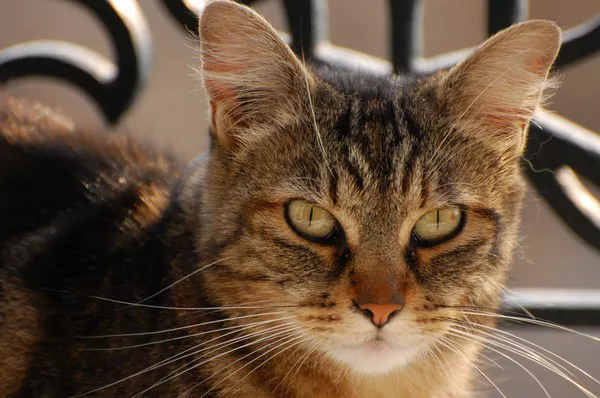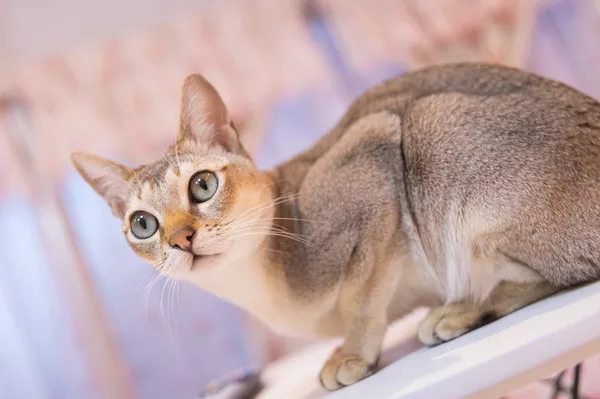When it comes to feeding your kitten, the subject of wet food versus dry food often comes up. As a pet owner, it’s essential to provide the best diet for your kitten to ensure healthy growth, development, and overall well-being. In this comprehensive guide, we’ll explore the necessity of wet food in a kitten’s diet, how it contributes to their health, and why it might be an essential part of cat feeding.
Understanding Kittens’ Nutritional Needs
Kittens have distinct nutritional needs compared to adult cats, as they are in the growth phase of their life. Their bodies require higher protein, fat, and energy to fuel their developing muscles, bones, and organs. This means that providing them with a high-quality diet is not just important—it’s essential for their future health. But the question remains: is wet food a necessary component of this diet?
The Benefits of Wet Food for Kittens
Wet food offers several distinct advantages that make it a good choice for kittens. Let’s take a closer look at the reasons why wet food can be beneficial for kittens:
1. Hydration
One of the primary reasons wet food is recommended for kittens is its higher moisture content. Wet food typically contains around 70-80% water, while dry kibble contains only about 10-12%. Proper hydration is critical for kittens as it supports healthy kidney function and prevents urinary tract problems. Many kittens, particularly those that transition to solid food, can become underhydrated if they rely solely on dry food. Wet food helps ensure that they are receiving adequate moisture, which is especially important in the early stages of life when their kidneys are still developing.
2. Easier to Digest
Kittens have sensitive digestive systems, and wet food tends to be easier to digest than dry food. The soft texture of wet food helps ensure that kittens don’t have to work as hard to break down their meals, reducing the likelihood of digestive upset or gastrointestinal issues. For young kittens transitioning from mother’s milk or formula to solid food, the moist, soft texture of wet food can be more familiar and comfortable.
3. Improved Palatability
Kittens are often finicky eaters, and they can be more selective about their food than adult cats. Wet food tends to have a more appealing aroma and taste than dry food, which can encourage kittens to eat more and get the necessary nutrients. The increased flavor and moisture content can make it easier to entice a kitten to eat regularly, especially during the weaning process or if the kitten has a poor appetite.
4. Better Protein Sources
Many high-quality wet foods are made with fresh animal proteins, such as chicken, turkey, or fish. These proteins are more digestible and provide essential amino acids necessary for healthy muscle development, which is particularly important for a growing kitten. Wet food typically has fewer fillers and artificial additives compared to dry kibble, making it a higher-quality option for kittens.
How Much Wet Food Should a Kitten Eat?
Kittens require a specific amount of food at various stages of their development. The exact quantity of food will depend on the kitten’s age, weight, and activity level. It’s essential to follow the guidelines provided by your veterinarian or the recommendations on the kitten food packaging. Typically, kittens between 8-12 weeks of age require around 3-4 meals a day, with the portion sizes adjusting as they grow older. Wet food can be served alongside dry kibble for balance, or you may choose to offer only wet food, depending on your kitten’s preferences and needs.
At 8 weeks old, a kitten should consume approximately 4-6 ounces of wet food per day, divided into several meals. As the kitten matures to 6 months, the daily portion increases to 6-8 ounces. It’s important to note that kittens should not be overfed or underfed. Overfeeding can lead to obesity, while underfeeding may prevent the kitten from reaching its full growth potential. Monitoring your kitten’s weight and adjusting portion sizes accordingly is crucial.
Is It Necessary to Feed Kittens Wet Food Every Day?
Now that we’ve covered the benefits of wet food, the big question remains: do kittens need wet food every day? The answer depends on various factors, including the kitten’s age, health, and overall diet.
1. Consistency in Diet
While kittens don’t necessarily need wet food every single day, incorporating wet food into their daily feeding routine can be highly beneficial. Offering wet food every day ensures they receive the necessary hydration and protein in their diet. Some pet owners choose to mix wet food with dry food, which can offer the benefits of both types of food. This combination provides a variety of textures and flavors, preventing the kitten from becoming too accustomed to just one type of food.
2. Alternating Wet and Dry Food
Some owners prefer to alternate between wet and dry food, offering wet food in the morning and dry food in the evening, or vice versa. This method provides a balanced diet and can be an effective way to ensure the kitten receives both hydration and dental benefits. Dry food helps scrape plaque and tartar off a kitten’s teeth, contributing to oral health, while wet food provides the moisture they need. Alternating between these two types of food can help create a well-rounded, nutritionally balanced diet.
3. Health Conditions and Special Diets
In certain cases, wet food may be recommended by your veterinarian due to specific health concerns. For example, kittens with urinary tract problems or kidney issues may benefit from the high moisture content in wet food. Additionally, kittens who have trouble chewing or swallowing dry food due to dental issues or other medical conditions may find wet food easier to eat. In such situations, wet food may be an essential part of their daily diet.
What About Dry Food?
Dry food is often seen as a more convenient option for cat feeding, as it’s easier to store and doesn’t spoil as quickly as wet food. However, many kittens can benefit from having a combination of both wet and dry food in their diet.
Benefits of Dry Food:
Dental Health: Dry food can help maintain dental health by promoting chewing, which helps reduce plaque and tartar buildup on the kitten’s teeth.
Convenience: Dry food is easier to measure and serve and can be left out throughout the day if your kitten prefers to eat at their own pace. This is particularly helpful for kittens who need to graze throughout the day.
Considerations for Dry Food:
Dehydration Risk: Dry food contains minimal moisture, which can contribute to dehydration, especially if the kitten is not drinking enough water. This is why it’s crucial to ensure that your kitten is drinking sufficient water if you feed them primarily dry food.
Overeating: Kittens can overeat dry food, especially if it’s left out all day, which may lead to obesity. Monitoring their food intake and adjusting portions is important to prevent weight issues.
Creating a Balanced Diet for Your Kitten
The best approach to kitten feeding is one that includes a balanced combination of high-quality wet food, dry food, and, when appropriate, treats. This diet should be tailored to meet the kitten’s individual needs and preferences. Here are some tips to help you create a balanced diet for your kitten:
1. Provide High-Quality, Age-Appropriate Food
Ensure the food you choose is specifically formulated for kittens. Kitten food contains the right balance of nutrients for their growth and development. Adult cat food lacks the necessary nutrients and can cause nutritional deficiencies in kittens.
2. Monitor Weight and Growth
Keep track of your kitten’s growth and weight by regularly checking their condition and ensuring they’re gaining weight appropriately. If your kitten seems too thin or is gaining excessive weight, you may need to adjust their food intake accordingly.
3. Ensure Fresh Water is Available
Along with wet and dry food, always provide fresh water to your kitten. Even if they’re eating wet food, kittens should have constant access to water to ensure they stay properly hydrated.
4. Consult Your Veterinarian
Consult your veterinarian for personalized advice on your kitten’s diet, especially if they have any specific health concerns or dietary needs. Your vet will be able to recommend the best feeding schedule, food types, and portion sizes for your kitten.
Conclusion
In conclusion, while kittens don’t absolutely need wet food every single day, offering it regularly provides numerous benefits, including hydration, easier digestion, and better palatability. By incorporating wet food into their daily feeding routine, you can ensure your kitten grows and develops healthily. Combining wet food with dry food and treats creates a balanced diet, providing all the essential nutrients they need while promoting good dental health.
Ultimately, the decision to feed wet food daily should be based on your kitten’s individual needs and preferences. Always consult your veterinarian for personalized recommendations, and monitor your kitten’s health and weight to ensure they are receiving the best nutrition possible. A well-balanced diet will set the foundation for a long, healthy, and happy life for your kitten.
Related Topics
























